Recently opened after decades of isolation, Myanmar is a new target for growth in Southeast Asia. With a large population and vast areas of the economy that largely underdeveloped, Myanmar is almost a blank canvas for rapid expansion of its economy and companies involved in the country.
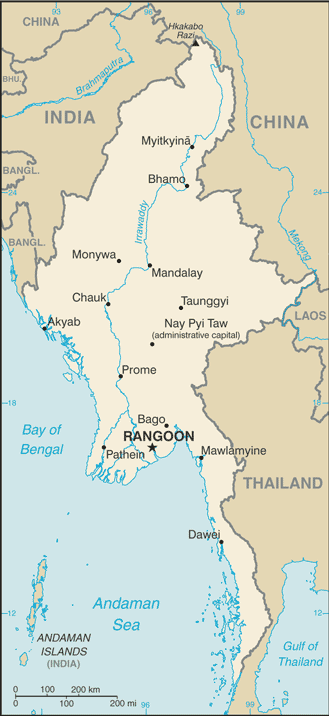
- Official country name: Republic of the Union of Myanmar (Burma)
- Capital: Naypyidaw
- Total Area: 676,578 km²
- Government: Unitary parliamentary constitutional republic
- Currency: Kyat, K – MMK
- Drives on the: right
- Calling Code: +95
- Internet TLD: .mm
Demographics
- Population: 51,486,253 (2014 census)
- Population Density: 76/km²
- Official Languages: Burmese
- HDI: 0.498 (low)
- Ethnic Groups:
- 68% Bamar
- 9% Shan
- 7% Karen
- 4% Rakhine
- 3% Chinese
- 2% Indian
- 2% Mon
- 5% other
The Burmese business environment

To ensure the successful transition of the economy from state-controlled industries to freer markets, the government wants to attract investors to develop infrastructures and supply products and services to its population. After a historic opening of the country, the Myanmar government has cleverly maintained the country's low taxes.
This new opening has generated a real estate boom, fueled by the increased arrival of tourists, expats and businessmen eager to doing business in Myanmar.
Key economic data of Myanmar
- GDP (PPP): USD 311.074 Billion (2016 Estimate)
- GDP per Capita (PPP): USD 5,953
- GDP (Nominal): USD 68.277 Billion (2016 Estimate)
- GDP per Capita (Nominal): USD 1,306
- GDP Growth: 8.5% (2014 Estimate)
- GDP by sector: (2014 Estimate)
- agriculture: 37.1%
- industry: 21.3%
- services: 41.6%
- Labor force: 32.53 Million (2011 Estimate)
- Labor force by occupation: (2001)
- agriculture 70%
- industry 7%
- services 23%
- Unemployment: 37% (2012)
- Inflation: 5.9% (2014 Estimate)
Main industries of Myanmar
- agricultural processing
- wood and wood products
- copper, tin, tungsten, iron
- cement, construction materials
- pharmaceuticals
- fertilizer
- petroleum and natural gas
- garments
- jade and gems
Myanmar digital
Myanmar's digital population is rapidly expanding as more and more people now have access to mobile and expanding telecommunications infrastructures.

Myanmar trade data
With low trade volumes currently, Myanmar's economic opening now sets the country's towards important growth in the coming years.
Note: official export and import figures are underestimated and do not account for smuggling with neighboring countries.
Exports: USD 10.49 Billion (2016 Estimate)
Export Goods:
- natural gas
- wood products
- pulses
- beans
- fish
- rice
- clothing
- jade and gems
Main Export Partners: (2015 Estimate)
- China 37.7%
- Thailand 25.6%
- India 7.7%
- Japan 6.2%
Imports: USD 13.96 Billion (2016 Estimate)
Import Goods:
- fabric
- petroleum products
- plastics
- fertiliser
- machinery
- transport equipment
- cement
- construction materials
- crude oil
- food products
- edible oil
Main Import Partners: (2015 Estimate)
- China 42.2%
- Thailand 18.5%
- Singapore 11%
- Japan 4.8%
Recent Resources
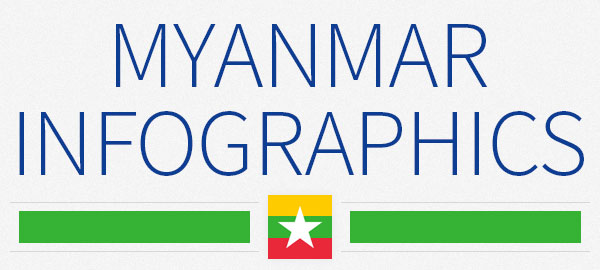
Recently opened to foreign business, Myanmar is emerging from decades of isolation to develop its economy and provide a better life to its relatively large population. This series of infographics presents key demographic and economic data of Myanmar, together with comparisons with other ASEAN and world-leading countries.

Though Myanmar is home to several exceptional natural and cultural touristic sites, it currently has only one site listed as a World Heritage Site of the UNESCO. However, this single site is formed of three ancient cities, which remains exhibit the ancient Buddhist tradition of Myanmar and its originality.
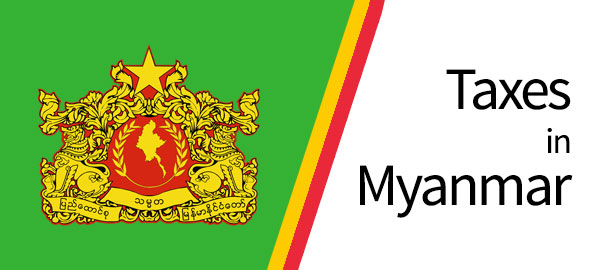
With a strong appetite for development, Myanmar has adopted a very accommodating fiscal regime. A low corporate income tax, a progressive but low personal income tax, no VAT but a light “commercial tax” and strong incentives, aim at attracting and helping companies to spur the development of Myanmar’s newly opened economy.
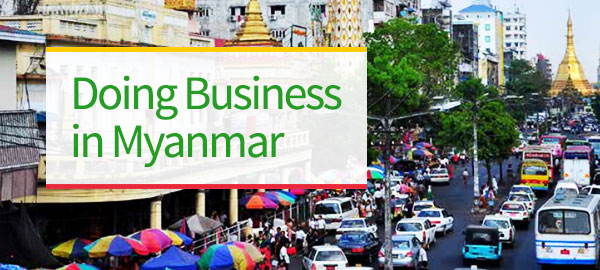
Myanmar is the new frontier for business in Southeast Asia. A large and populated country just opening its doors to foreign companies and investors, Myanmar is rich with opportunities in many sectors. However, Myanmar also presents several technical and legal challenges to be managed and overcome by new comers.

The recent opening of Myanmar has set the country on a track of economic development and high interest for tourism. This enthusiasm is particularly visible in property and hotels prices. This videos gives us some details about this trend, with reviews of prices and factors that could further weigh on the Burmese real estate market.
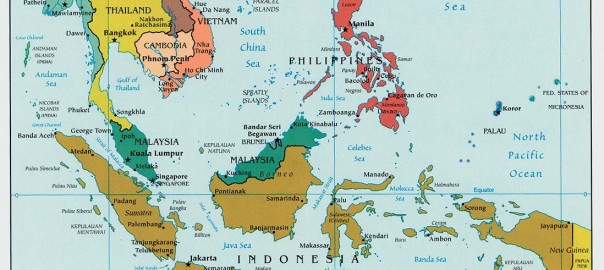
Some maps might come in handy to illustrate your point in your website or blogs, so here is a collection of some free maps available around the web for South East Asia and each of the 10 ASEAN countries: Brunei, Cambodia, Indonesia, Laos, Malaysia, Myanmar, the Philippines, Singapore, Thailand and Vietnam.



